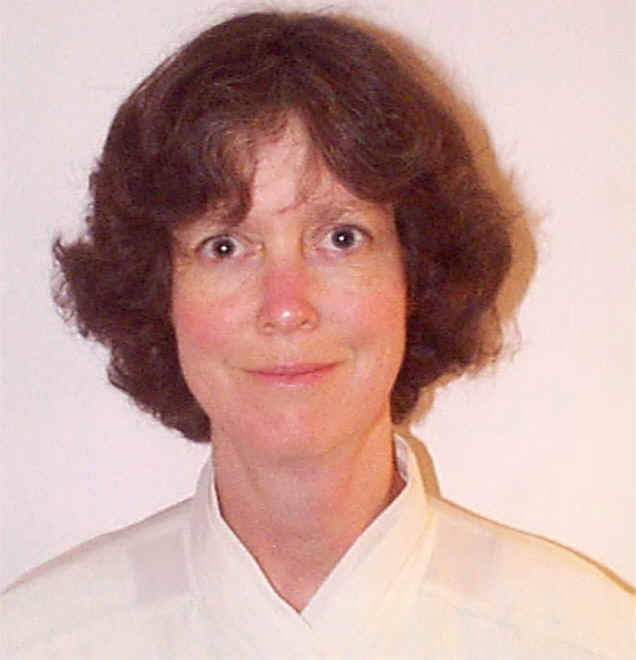© Best Practices in IT Leadership, Mosaic Media, Inc.
Many Projects, Many Hats:
How Bloomington Hospital implemented
project management best practices for its core project teams
BY ELLEN M. SNYDER
|
|
Ellen Snyder (esnyder@ bloomhealth.org) is Director of Information Services for Bloomington Hospital and Healthcare System. She plans, budgets, and monitors information systems for a nine-county region in south-central Indiana. She takes special pleasure in opportunities to do training and give presentations. |
Today’s healthcare systems demand enhanced productivity, reduced expense, new efficiencies, better data analysis, and a wider scope of services. Virtually all these new services include IT components, which require technical know-how and project coordination skills from IT leaders.
In response to the constant influx of project requests, Bloomington Hospital restructured its IT department to foster professional project management practices. As part of the restructuring, the hospital created several new “Information Manager” positions. These leaders are responsible for managing IT projects according to newly adopted standards, which were emphasized in a series of training workshops.
In identifying the Information Manager’s role, we determined that IT staff needed to:
•
Assure that tasks common to all projects stop “falling through the cracks”
•
Get firmer commitments from (and identify clearer roles for) team members
•
Define a consistent method for managing changes in project scope
• Learn from, don’t repeat mistakes
• Get teams out of “reaction” mode and focused on planned tasks
•
Communicate better
•
Address time and cost overruns
•
Standardize our general project management approach.
The training
begins
To meet these goals and keep everyone on the same page, we began some serious
internal training. Our goals were straightforward:
•
To provide everyone with the same foundation in project management principles so
projects would be managed consistently, regardless of who was involved
•
To create repeatable processes, a means of evaluating success, and a forum for
learning from mistakes
•
To find efficient ways to track project progress, communicate it clearly, and
meet target dates
•
To improve our ability to identify and schedule required resources in advance.
Our
first two-day workshop focused on general project management principles. The
participants already understood the classic time-money-scope triad of project
management, but other basic concepts were new and generated excited discussion.
The workshop focused on establishing six best practices for IT project
management:
1.
Document and approve project scope before beginning
2.
Require every project to have a sponsor
3.
Identify risks in advance, and plan for contingencies and mitigations
4.
Identify a definite end for each project
5.
Document and learn from failures
6.
Learn from (and celebrate) accomplishments.
Armed
with these best practices, we improved and streamlined several of our processes.
First, we made one staff member responsible for updating all project timelines
in Microsoft Project. Next, we developed a project template, listing as many
commonly recurring tasks as possible. We also made project kickoff meetings a
standard practice.
One year
later: The training continues
Recognizing still more opportunities for improvement, we decided to hold
workshops focusing on teambuilding, advanced training, hands-on practice, and
preparation for projects.
Our
first workshop this year was a two-day training session on Microsoft Project
2000, bringing together Information Managers and other IT staff members who
figure prominently in all implementation project teams.
The
next day, key members met with our workshop coordinator to plan a Case Study
workshop, to be held a few weeks later. We formed three teams and assigned each
a real project scheduled for startup within the next six months. We then
identified in-class goals to help develop a structure for the workshop and
provide a means of evaluation:
•
To test the effectiveness of using shared resource pools in independent projects
and then rolling the projects together
•
To identify and produce four reports from Project 2000 that team members felt
would communicate project status most effectively
•
To share past learning experiences by having each team produce a list of
“Do’s, Don’ts, and Gotcha’s” from a recent project.
As a
final measure of success, we set a goal that 90 percent of the workshop
evaluations should come in with positive feedback that the participants had
grasped a new, significant concept or skill they would use on the job.
Success
Team spirit peaked early and held steady. Each team member assumed an assigned
role and the IT Director functioned as the Administrative Sponsor for each
project. Participants enthusiastically shared what they had learned from past
projects. They helped their teammates (and their competition) apply Project 2000
to complete the exercises assigned. We set up a special color printer so the
teams could produce charts and graphs to show off the software’s formatting
capabilities.
As
often happens, we overestimated what we could achieve within the allotted time.
The major goal we missed, to roll up the three projects and do resource leveling
across the combination, was so important to the staff that it was a perfect
impetus for another workshop in the fall. Some of our key techniques for success
have been:
•
Including a cross-section of staff members, not just the IM staff
•
Holding sessions away from the main hospital campus to eliminate interruptions
and encourage fun
•
Focusing on real-life examples and hands-on experiences
•
Structuring the workshop agenda to meet stated goals
•
Reinforcing the principles of project management over time with follow-up
planning sessions and workshops.
By
definition, every project has a beginning and an end. But the development of
sound project management practices is a process without end. It requires
iterative cycles, continuous improvement, repetition, and the committed support
of all participants and stakeholders.
ELLEN
SNYDER
© Best Practices in IT Leadership, Mosaic Media, Inc.
